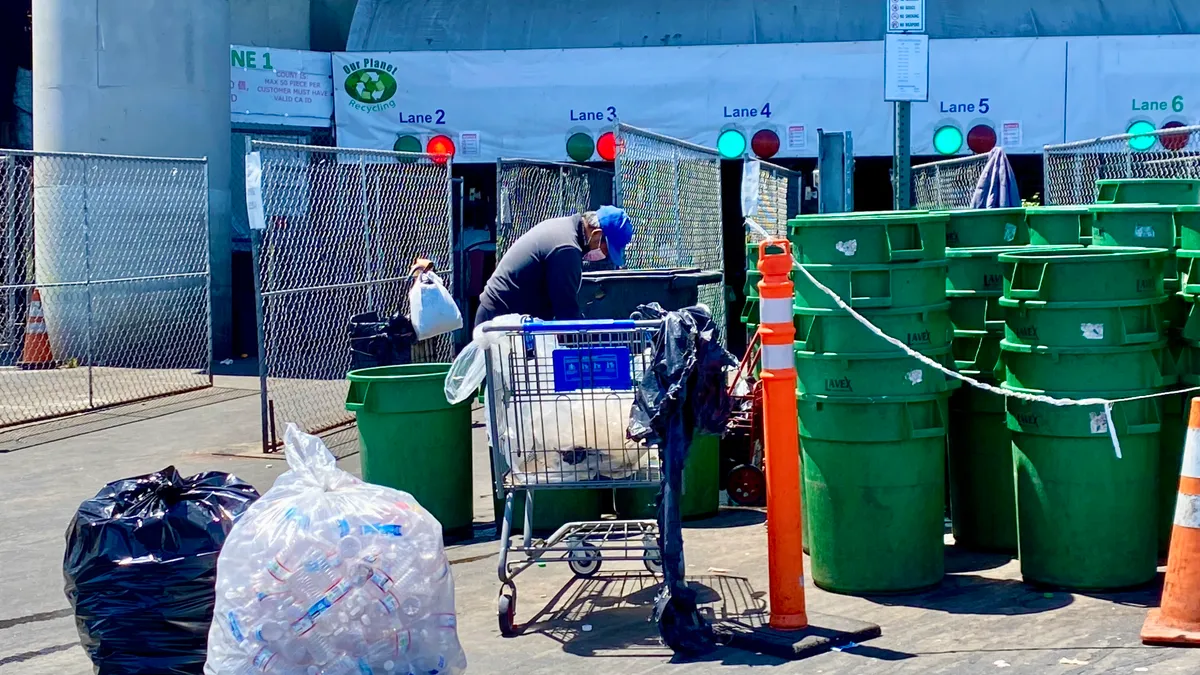Dive Brief:
- University of Missouri researchers have collaborated with researchers from the Federal University of ABC (UFABC) in Brazil to develop organic semiconductors that could be used to light-up the screens of small electronic devices, such as an iPhone.
- Researchers used peptides (or proteins) to demonstrate that the organic semiconductors could be used when combined with a blue light-emitting polymer. In order to make a working screen display for a phone, researchers will need to show similar success with red and green light-emitting polymers.
- By using peptide nanostructures, the nanocomposites achieved 85% biodegradability. Continued research can lead to the development of 100% biodegradable screen displays.
Dive Insight:
Electronic waste is one of the fastest growing types of waste in the U.S., as the global e-waste market is projected to grow to $5.04 billion by 2020. Due to the rapid pace that the waste is growing, it is important that researchers look into the best ways of keeping harmful electronics out of the landfill. And, because diversion from the landfill isn't always possible, biodegradability of e-waste is the next best option.
Biodegradable phone screens are not the first development in the electronics industry's slow shift to organic parts. In July, researchers at the University of Wisconsin developed a high-performance semiconductor computer chip made out of wood materials. "The chips are so safe you can put them in the forest and fungus will degrade it," said Dr. Zhenqiag Ma. "They become as safe as fertilizer."
"Biodegradable" isn't a term to use loosely, though, according to the Federal Trade Commission. The FTC recently set a new environmental policy that products may no longer display the term "biodegradable" unless the product is proven to break down into natural elements within five years after disposal.
Although researchers have a long way to go, the development of biodegradable phone displays (and possibly fully-biodegradable phones) can be a groundbreaking advancement for the waste industry, as well as the electronics market.












